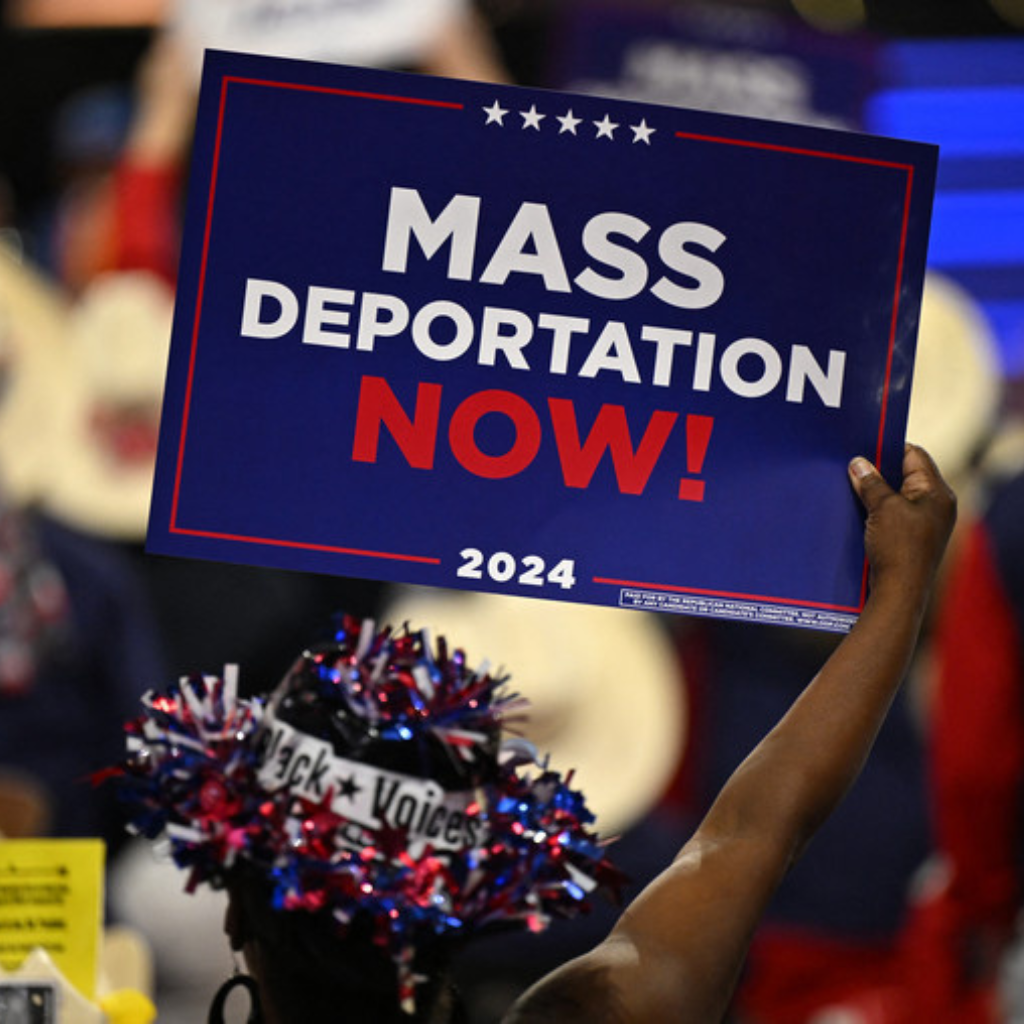What are Trump’s immigration executive orders and how do they impact the U.S. economy?
On his first day in office, President Donald Trump issued a series of executive orders aimed at reshaping the U.S. immigration system. These actions included declaring a national emergency at the border, ending birthright citizenship for certain children, suspending refugee resettlement, and reinstating the “Remain in Mexico” policy. These measures significantly restricted immigration flows into the U.S., reducing the availability of immigrant labor in critical industries like agriculture, construction, and hospitality. Economists warn that such restrictions exacerbate labor shortages, increase costs for businesses, and ultimately drive up prices for consumers, contributing to inflation.
How do immigrant workforces help keep prices low for all Americans?
Immigrant workers are the unsung heroes of industries that need reliable, skilled, and motivated labor. For instance:
- Agriculture: Think about the food on your plate. Immigrants make up a huge chunk of the agricultural workforce, handling tasks like planting and harvesting crops. Without them, food prices could skyrocket.
- Construction: From building homes to repairing infrastructure, immigrant workers are the backbone of the construction industry. Their contributions keep projects on track and affordable.
- Hospitality: When you stay at a hotel or dine at a restaurant, chances are immigrants are behind the scenes making everything run smoothly, helping businesses stay competitive and prices reasonable.
When fewer immigrants are available to work, businesses face labor shortages. To attract workers, they have to raise wages, and those costs inevitably get passed on to us as higher prices, fueling inflation.

What specific Trump policies contributed to inflationary pressures?
Some of Trump’s policies hit the economy hard by reducing the flow of immigrant labor. Let’s break it down:
- The termination of the CBP One program and the suspension of the parole program for migrants made it harder for people to enter the workforce legally.
- The physical construction of the border wall didn’t just block entry—it sent a strong message of hostility to potential immigrant workers.
- Reinstating the “Remain in Mexico” policy meant asylum seekers were stuck waiting outside the U.S., unable to work and contribute to the economy.
These moves left many industries scrambling to find workers, forcing higher wages and leading to increased prices for everything from groceries to construction materials.
What legal and political challenges did Trump’s policies face?
These policies didn’t go unchallenged. Legal battles and vocal critics pointed out their flaws:
- Groups like the American Civil Liberties Union (ACLU) filed lawsuits against measures like ending birthright citizenship, arguing they violated the 14th Amendment.
- Immigration advocacy groups highlighted how these policies hurt families, communities, and businesses alike, making it clear they were about more than just border control—they were about values.
How does immigration help reduce inflation in the U.S. economy?
The link between immigration and inflation might not seem obvious, but it’s there. When there are enough workers to meet demand, wages don’t have to skyrocket, which keeps prices stable. During the Trump administration, tighter immigration policies created labor shortages that drove inflation up.
One study by FWD.us and George Mason University found that lower immigration levels during the COVID-19 pandemic alone added 2.5 percentage points to inflation. That’s an extra $1,500 a year for the average American household.
What does the data say about immigration’s economic benefits?
Data paints a clear picture: immigration is a long-term investment in America’s future. Here’s what we know:
- Without increased immigration, the U.S. working-age population could shrink by 11% by 2040, leading to economic stagnation.
- On the flip side, boosting immigration by 50% could grow the working-age population by 13% by 2040, fueling economic growth.

How does immigration benefit American workers and the economy as a whole?
Immigration doesn’t just benefit immigrants—it lifts the entire economy. By filling labor gaps and driving productivity, it:
- Increases real wages for everyone.
- Helps businesses thrive, creating more jobs.
- Keeps essential goods and services affordable for all Americans.
Under a high-immigration scenario, GDP per capita could reach $96,000 by 2040, compared to just $80,000 under a low-immigration scenario. That’s a big difference for American families.
What are the policy recommendations to address labor shortages and inflation?
Economists agree on the need to modernize immigration laws to meet the demands of today’s economy. Some ideas include:
- Pathways for STEM graduates: Letting international students stay in the U.S. after completing their degrees would boost innovation and competitiveness.
- Expanding Temporary Protected Status: This would allow people fleeing crises to work legally, filling critical labor gaps.
- Regional immigration programs: Tailored policies could address labor shortages in specific areas, ensuring no region is left behind.
These changes would help stabilize the workforce, control inflation, and keep the economy growing.
Undocumented Immigrant Crime Rates in Texas: A Comprehensive Analysis
What does the data say about crime rates among undocumented immigrants?
A comprehensive study funded by the National Institute of Justice (NIJ) looked at arrest rates of undocumented immigrants in Texas from 2012 to 2018. The results? Undocumented immigrants consistently had lower arrest rates for all major crime categories compared to both documented immigrants and native-born citizens:
- Violent Crimes: 96.2 arrests per 100,000 undocumented immigrants vs. 213 for U.S.-born citizens.
- Property Crimes: 38.5 arrests per 100,000 undocumented immigrants vs. 165.2 for U.S.-born citizens.
- Drug Offenses: 135 arrests per 100,000 undocumented immigrants vs. 337.2 for U.S.-born citizens.
- Homicide: 1.9 arrests per 100,000 undocumented immigrants vs. 4.8 for U.S.-born citizens.
How do undocumented immigrant crime rates compare to U.S.-born citizens?
The data tells a clear story:
- Over the seven years studied, arrest rates for undocumented immigrants remained stable, while rates for native-born citizens rose in some areas, like drug offenses.
- Property and traffic crime rates among undocumented immigrants decreased or held steady.
In short, the idea that undocumented immigrants are more likely to commit crimes just doesn’t hold water.

What unique factors about Texas allow for this analysis?
Texas is uniquely positioned to provide these insights because it requires immigration status to be documented in its criminal justice records. This level of detail allowed researchers to separate the data by group, offering a clearer understanding of crime rates.
What are the broader implications of these findings?
This study challenges stereotypes about undocumented immigrants and crime. It shows that these individuals are less likely to offend than native-born citizens, providing a strong counterpoint to common misconceptions. Policymakers should take note of this when crafting immigration laws and addressing public concerns.
Conclusion: Immigration as a Solution to Inflation and Crime Misconceptions
Restrictive immigration policies, like those seen during the Trump administration, have far-reaching consequences. They contribute to higher inflation and slower economic growth while being based on unfounded fears about crime. By embracing smarter, more inclusive immigration policies, the U.S. can build a stronger, more prosperous future for everyone.





